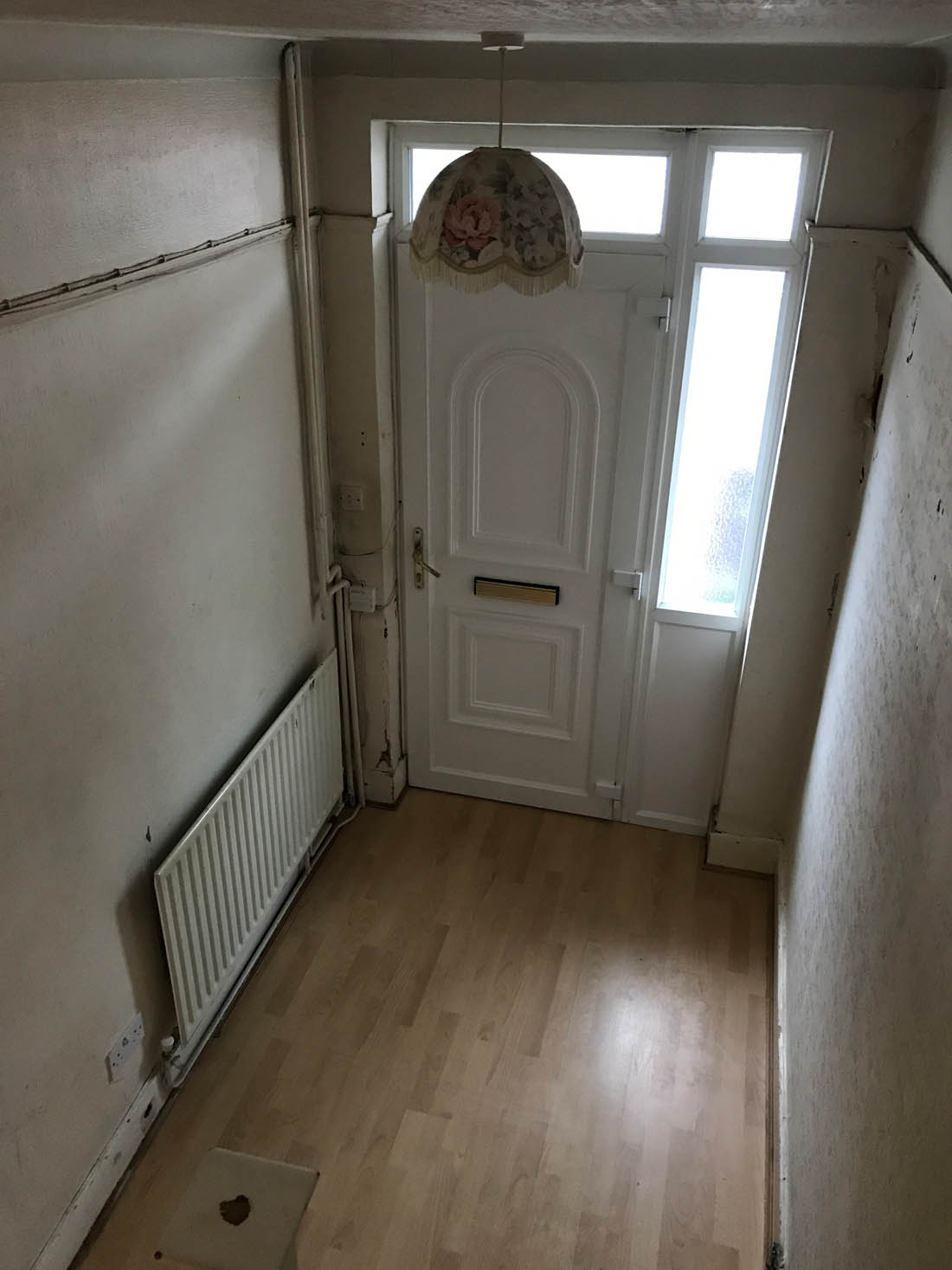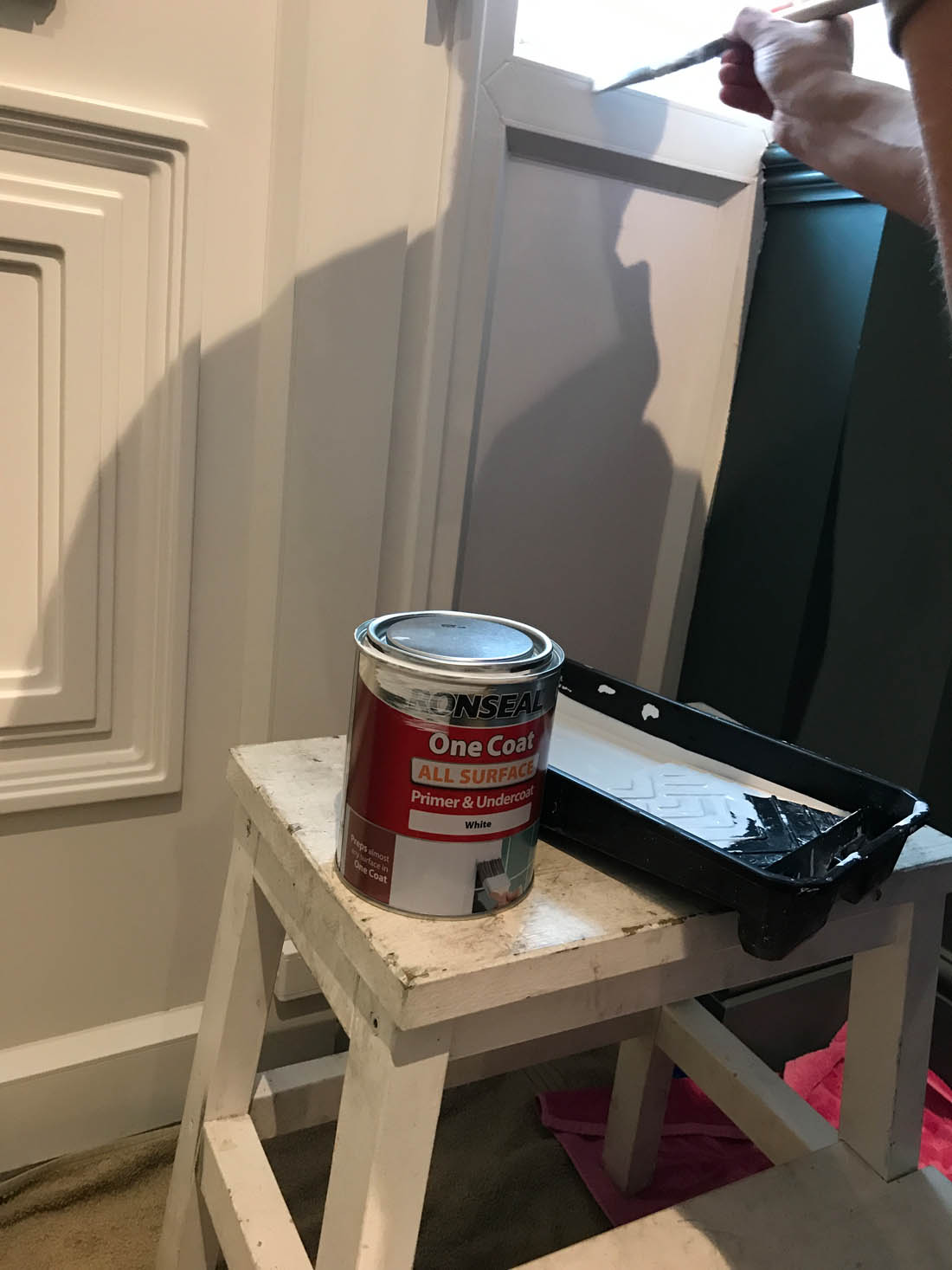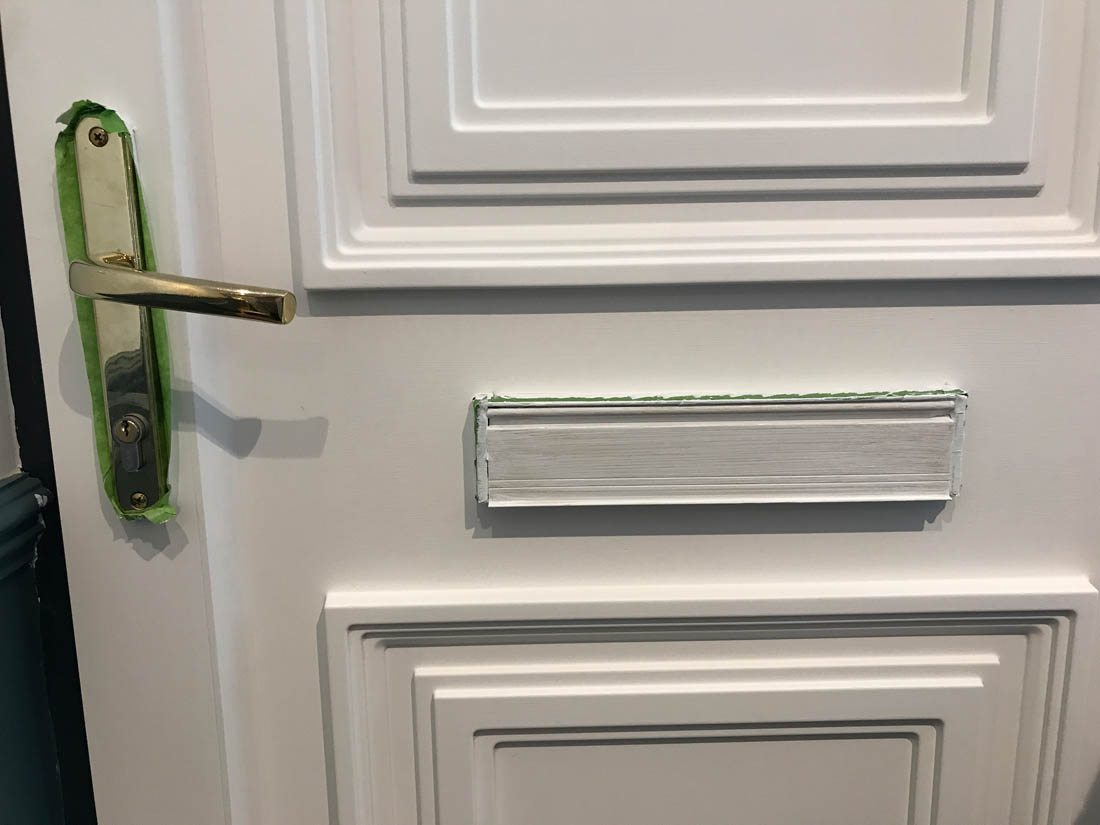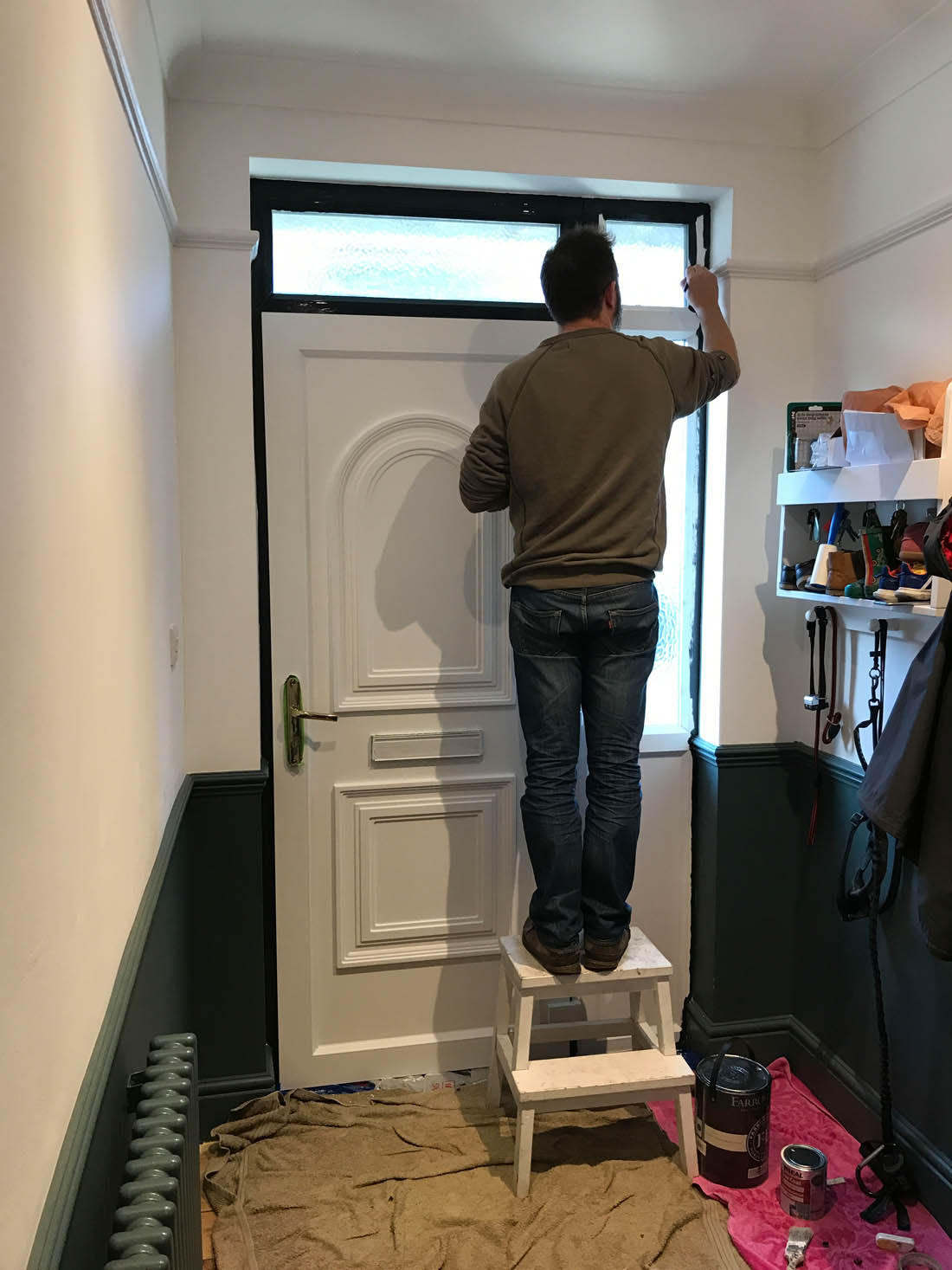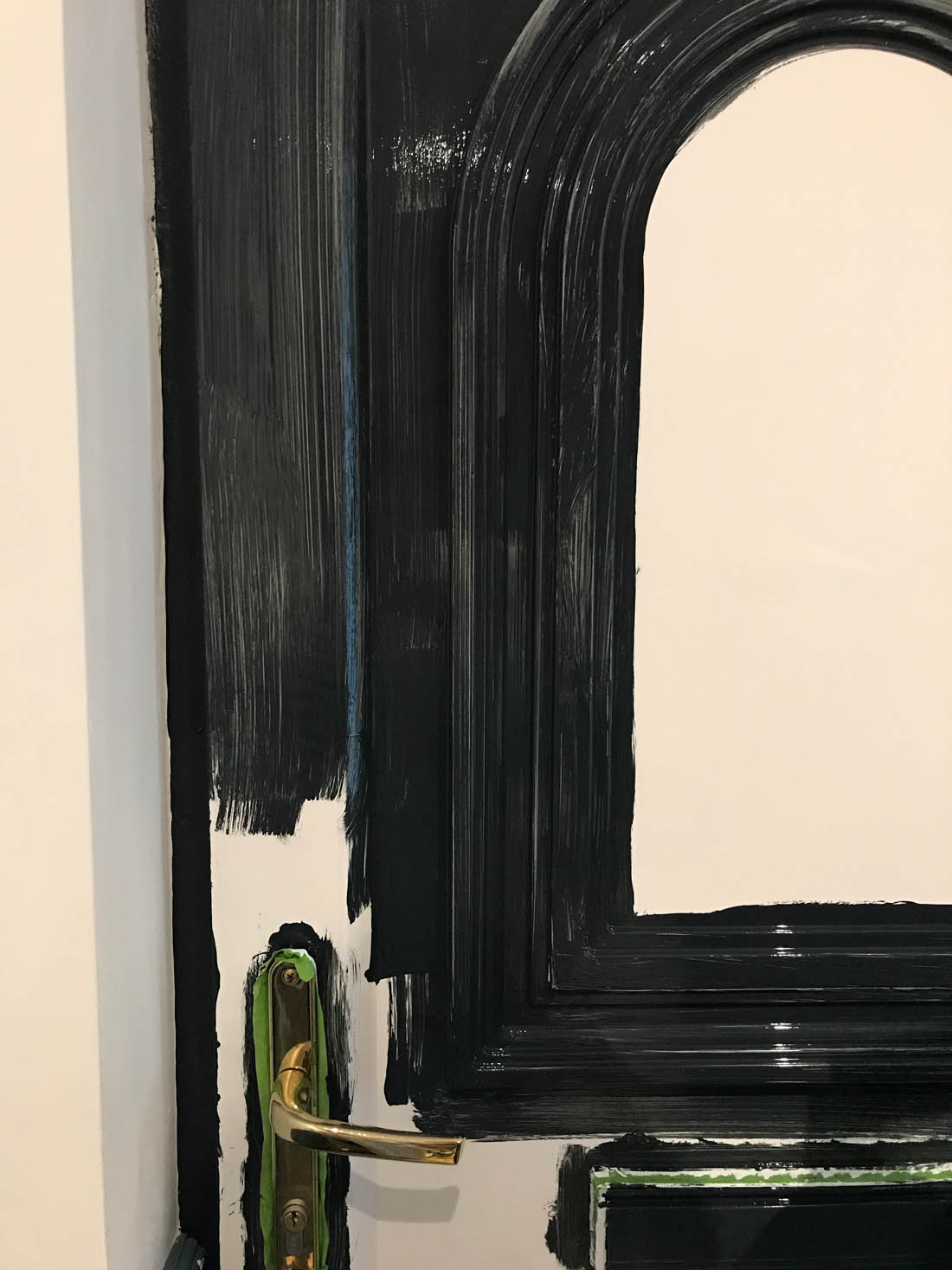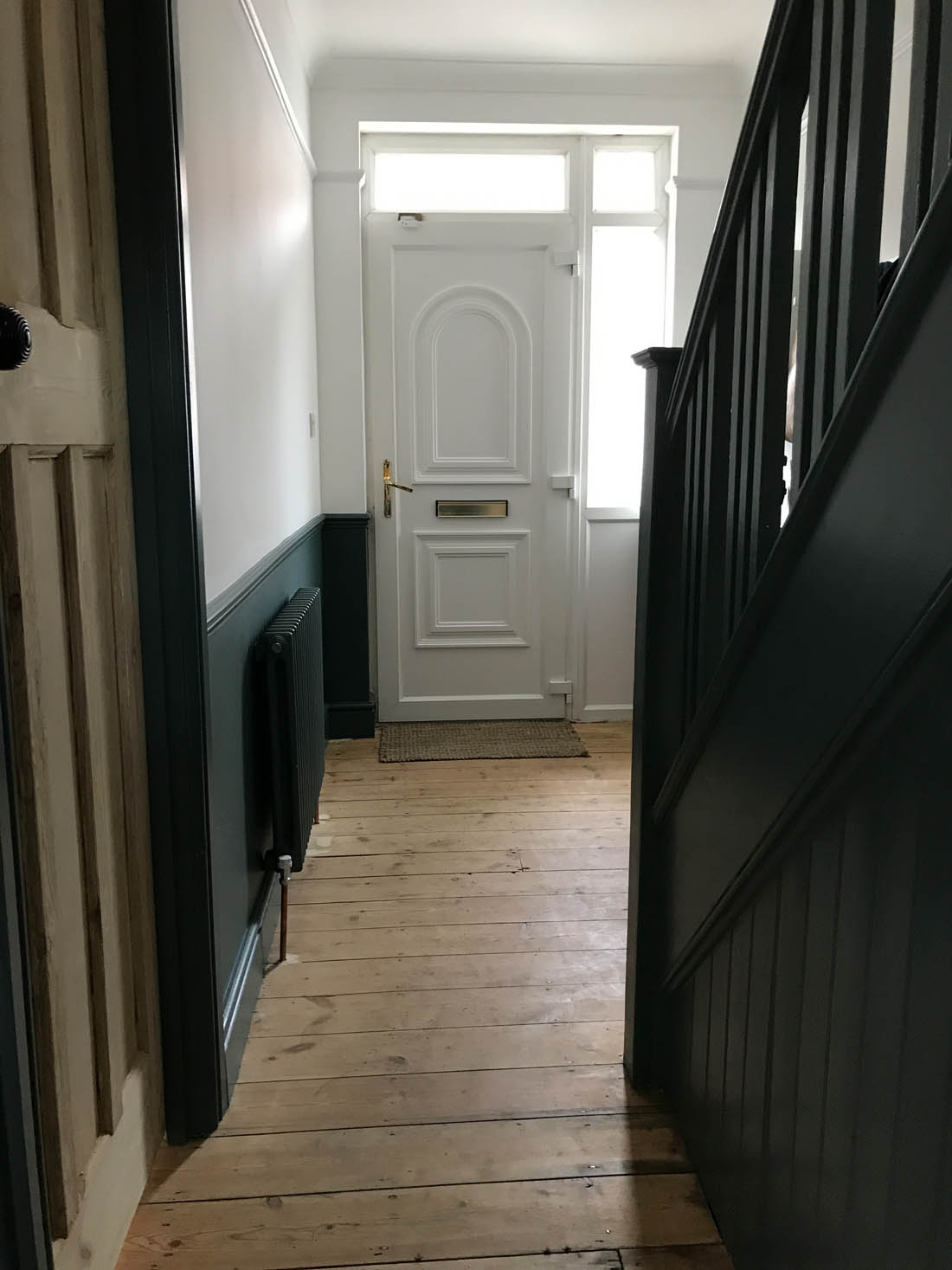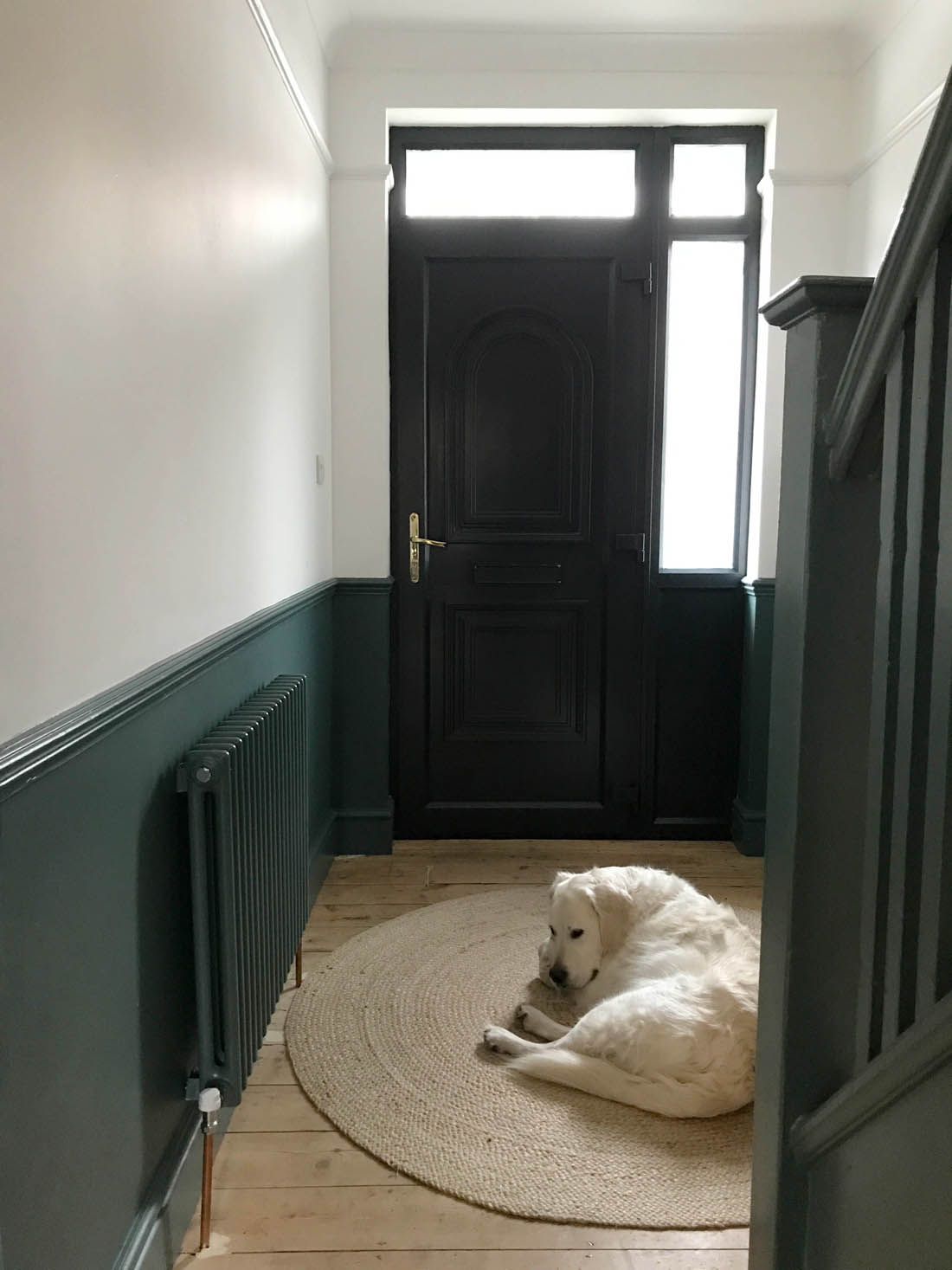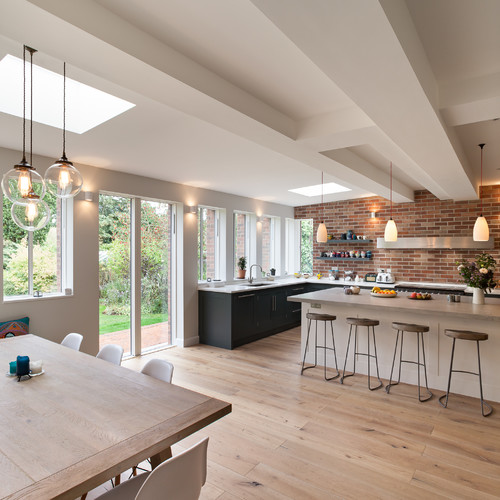We moved into our house just over six months ago now and at the time we promised ourselves that we would finish off the kitchen within that first week after doing most of it as a rushed DIY job the week before we moved in. Fast forward six months and no prizes for guessing that nothing had been ticked off the to do list including tiling the splash back, which by this point was getting more and more unpleasant as it gets splattered by food cooking on the stove, coffee from the machine, water from the sink and the chopping boards leaning against it have scuffed it badly. Therefore, when Maitland & Poate got in touch about showcasing their antique tiles sourced from Spain in our kitchen it was just the push we needed to finally finish off the job.

I found it very difficult to choose which tile to use as the family team behind Maitland & Poate source such beautiful genuine antique cement tiles and each design is so different. My first choice was actually this design but Jules vetoed me on it as he didn’t like the colours so we compromised on the Ceniza tile. We chose this tile because the colours tone so well with the Light Blue on our wood work and the Railings that we painted our kitchen cupboards.


Jules and I decided to install the tiles ourselves to save money although it is advised to get a professional to install cement tiles as they are porous and need sealing. These particular tiles are also much thicker than average glazed tiles. However, we tiled our last kitchen so we already had a tile cutter and all the tools and because these tiles have already been sealed during their lifetime they are far more forgiving than brand new cement tiles that need to be treated with far more care so that they don’t absorb moisture and stains before being fully sealed.


Maitland & Poate also sell a range of new cement tiles and I was very tempted by these pink tiles. I’ve been asked a lot about what makes cement tiles different and I would say it is the matt texture, which makes them feel and look different. The main difference with the antique cement tiles is that they aren’t in ‘perfect’ condition. They have been reclaimed so there may be chips or slight staining, which all adds to their character.


 We didn’t find it much more challenging installing the antique tiles than doing new glazed ones other than it’s a little tricker laying them flat as the back of them aren’t always flat having been chipped out of their original place. We followed Maitland & Poate’s recommendation and used Ecoprotec sealant and that seems to have worked well.
We didn’t find it much more challenging installing the antique tiles than doing new glazed ones other than it’s a little tricker laying them flat as the back of them aren’t always flat having been chipped out of their original place. We followed Maitland & Poate’s recommendation and used Ecoprotec sealant and that seems to have worked well.


The only thing we still need to do is the sealant between the bottom of the tiles and the worktop. Let’s just hope it doesn’t take us another six months…!

Have you ever considered antique tiles? I think these would make for an amazing statement floor. What do you think?

Thank you so much to the wonderful Maitland & Poate team for collaborating with me on this project.
Katy x















